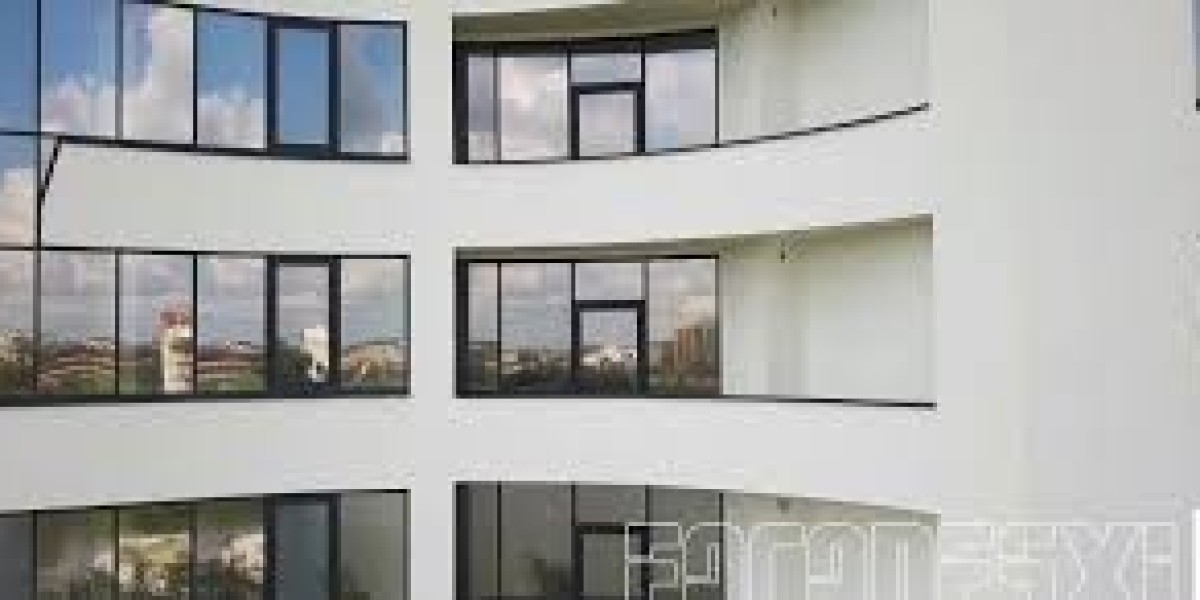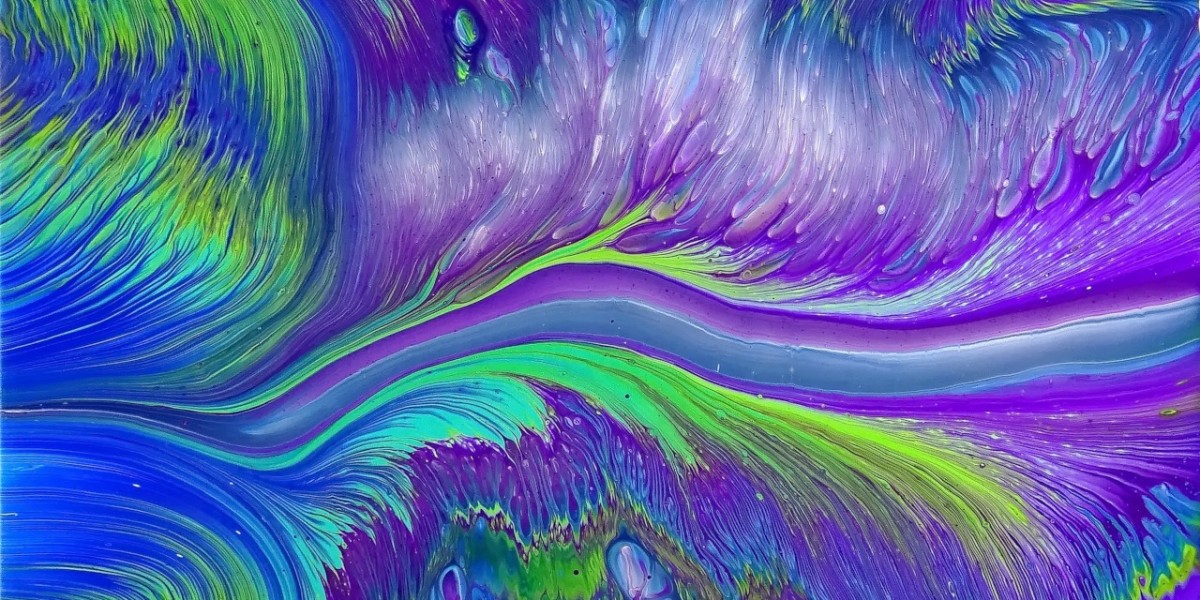The Exterior Insulation and Finish System (EIFS) has become a popular choice for San Antonio homeowners due to its energy efficiency, versatile design, and moisture-resistant properties. While EIFS systems are durable and low-maintenance, they still require periodic care to ensure their longevity, especially in a climate as varied as San Antonio’s, where heat, humidity, and occasional storms can put exterior materials to the test.
This guide will help homeowners understand the basic principles of EIFS maintenance and how to protect their investment for years to come.
What Is EIFS?
EIFS is a synthetic stucco system that incorporates layers of insulation, base coatings, and finishes. It provides not only an attractive exterior but also superior thermal performance, helping homes stay cooler in the summer and warmer in the winter. In San Antonio, where temperatures can reach over 100°F, this added insulation can significantly reduce energy costs. However, like any exterior material, EIFS requires proper maintenance to avoid damage and to continue performing optimally.
Why EIFS Maintenance Matters in San Antonio
San Antonio’s climate poses several challenges to the exterior of homes. From intense sunlight to periods of high humidity, heavy rains, and occasional severe storms, EIFS must withstand a lot. Without regular maintenance, problems such as water infiltration, mold growth, or cracks can arise, leading to costly repairs. Proper care ensures that your EIFS system remains in good condition, protecting both the appearance and structure of your home.
Key Maintenance Tasks for EIFS Systems
1. Regular Inspections
One of the most important aspects of EIFS maintenance is conducting regular inspections. Homeowners should inspect the exterior of their home at least twice a year—preferably in the spring and fall—to check for any signs of damage or wear. Look for cracks, stains, or areas where the finish appears to be separating from the underlying layers. Pay close attention to areas around windows, doors, and joints where the system is more vulnerable.
What to Look For:
- Cracks or chips in the exterior
- Discoloration or staining, especially near seams or joints
- Moisture accumulation or damp spots
- Separation between EIFS and adjoining surfaces
2. Cleaning the EIFS Exterior
While EIFS is resistant to dirt and stains, the exterior can still accumulate grime, mold, and mildew over time, especially in San Antonio’s humid months. Cleaning your EIFS system once a year will keep it looking fresh and help prevent long-term staining. Use a soft-bristled brush, mild detergent, and water to gently scrub the surface. Avoid high-pressure washing, as this can damage the finish and cause water to seep into the layers underneath.
How to Clean EIFS Safely:
- Use a gentle, non-abrasive cleaner
- Rinse with a garden hose at low pressure
- Avoid power washing, which can damage the system
3. Check and Maintain Sealants
EIFS systems rely on properly applied sealants around windows, doors, and other penetrations to keep moisture out. Over time, these sealants can deteriorate due to exposure to UV rays and temperature changes. Inspect these areas annually and reapply or replace any worn-out sealants to ensure your system remains waterproof.
Common Sealant Areas to Inspect:
- Around windows and doors
- At roof-to-wall junctions
- Where the EIFS meets other materials like brick or wood
4. Addressing Cracks Promptly
While EIFS systems are designed to be flexible, extreme temperature changes in San Antonio can cause small cracks to form over time. If left untreated, these cracks can allow water to penetrate the system, leading to mold, mildew, or even structural damage. Small cracks can often be repaired using a special EIFS patching compound, but larger or more widespread cracks may require professional attention.
Steps to Repair Cracks:
- Clean the crack to remove debris
- Apply a compatible EIFS patching compound
- Smooth the area to blend with the surrounding surface
- Consider hiring a professional for larger repairs
5. Preventing Water Infiltration
Water is the greatest threat to an EIFS system, and San Antonio’s rainstorms can be particularly challenging. Ensure that your home’s drainage system is functioning properly. Gutters and downspouts should be regularly cleaned to prevent water from pooling near the foundation or running down the EIFS surface. Additionally, make sure the landscaping around your home directs water away from the foundation.
Tips for Water Management:
- Clean gutters and downspouts regularly
- Ensure proper drainage around your home
- Fix any roof leaks immediately to prevent water from reaching the EIFS
When to Call a Professional
While homeowners can handle many aspects of EIFS maintenance, some situations require professional intervention. If you notice extensive cracking, widespread moisture damage, or bulging sections of the EIFS, it's best to call in an expert. Professional contractors have the tools and knowledge to make more complicated repairs and ensure that the EIFS system continues to protect your home.
Long-Term Benefits of Proper EIFS Maintenance
Regular maintenance not only preserves the appearance of your home but also extends the lifespan of your EIFS system. A well-maintained EIFS can last 50 years or more, making it a cost-effective and energy-efficient option for homeowners in San Antonio. By keeping up with inspections, cleaning, and repairs, you can avoid costly damage and ensure that your home remains energy-efficient and weather-resistant.
Conclusion
EIFS systems offer San Antonio homeowners an attractive, energy-efficient, and durable exterior solution. However, like any investment in your home, EIFS requires regular maintenance to keep it functioning properly. With simple steps like regular inspections, cleaning, and prompt repairs, you can protect your EIFS system from the elements and enjoy its benefits for decades to come.
By maintaining your EIFS system, you’re not only enhancing the curb appeal of your home but also ensuring it can handle San Antonio’s diverse weather conditions, keeping your home comfortable, efficient, and safe year-round.


